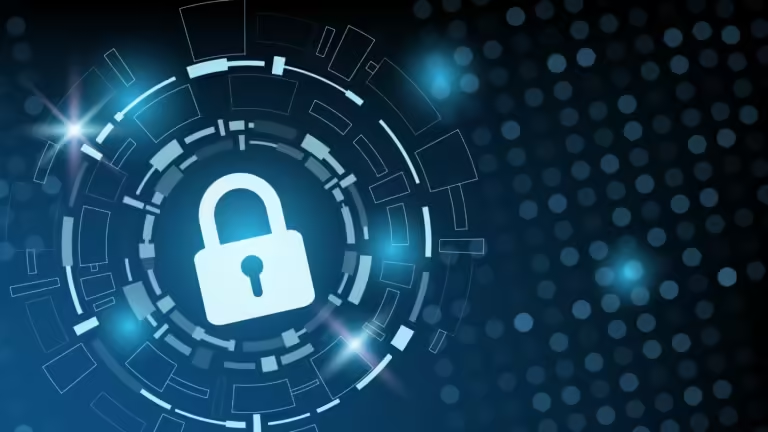Why is Cybersecurity Important in Today’s Digital World?

1. Protection of sensitive data:
Sensitive data should be protected through encryption, access control measures, regular security audits, and compliance with data protection regulations. This includes securing information such as personal identification numbers, credit card details, health records, and other confidential data to prevent unauthorized access, breaches, and data leaks. Organizations should implement strong security measures to safeguard sensitive data from cyberattacks and ensure data privacy for individuals or entities.
2. Prevention of data breaches:
Data breaches can have serious consequences for individuals, organizations, and even entire countries. Cybersecurity helps prevent these breaches and ensures that sensitive information remains safe.

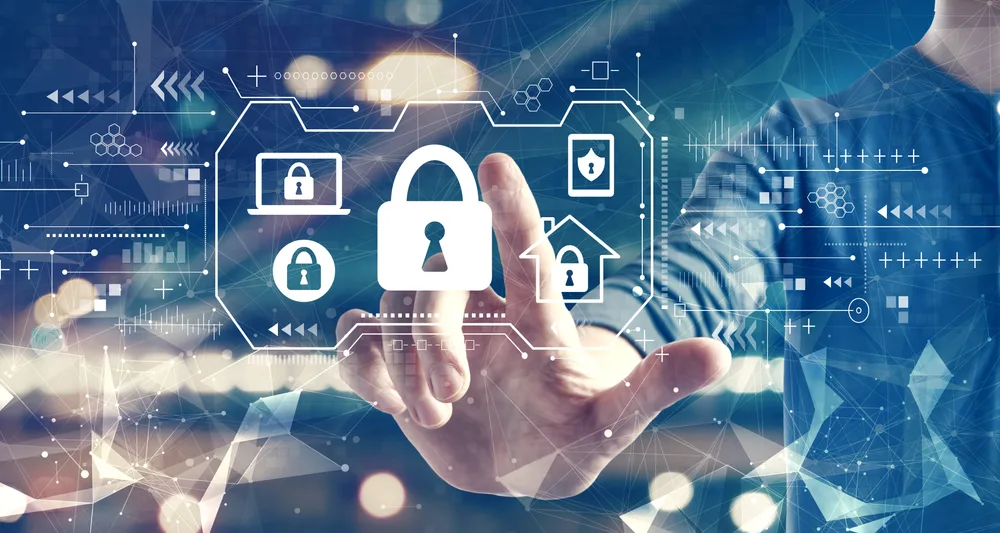
3. Protection of privacy:
In the digital age, privacy is increasingly under threat from hackers and cybercriminals. Robust cybersecurity measures help protect individuals’ personal information and ensure their privacy is respected.
4. Safeguarding critical infrastructure:
Many critical infrastructures, such as power grids, transportation systems, and healthcare facilities, rely on digital technology. Cybersecurity is essential to protect these systems from attacks that could have far-reaching consequences.
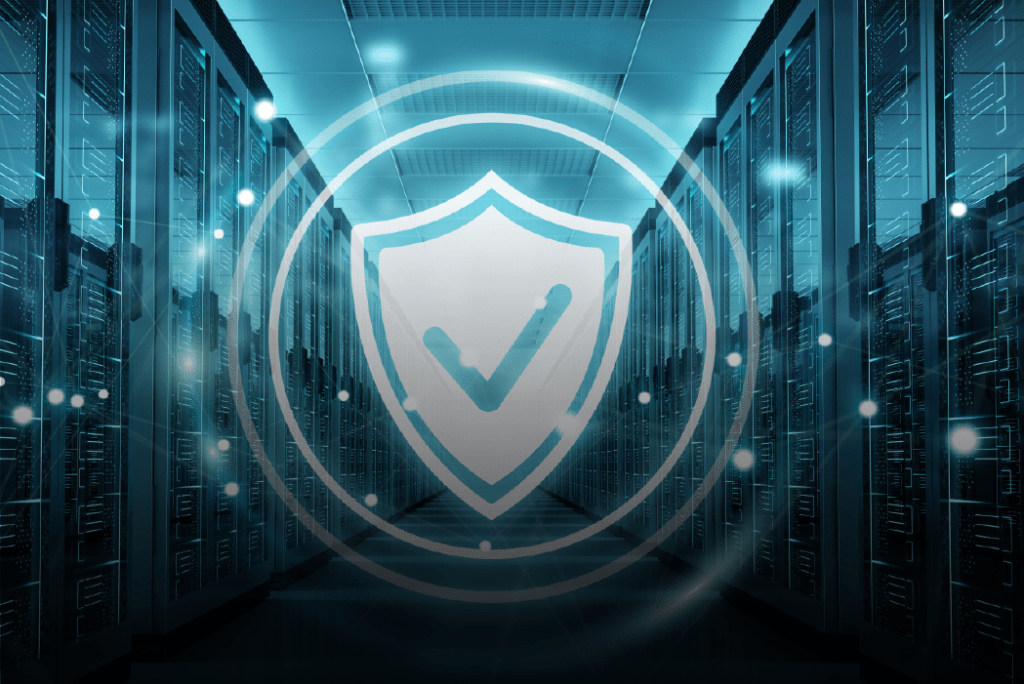

5. Maintaining trust in technology:
As more aspects of our daily lives become digital, it is essential to maintain trust in technology. A strong cybersecurity posture helps build confidence in the security and reliability of digital services and products.
6. Compliance with regulations:
Many industries are subject to regulations and compliance standards that require them to implement cybersecurity measures. Failing to do so can result in fines, legal consequences, and damage to reputation.
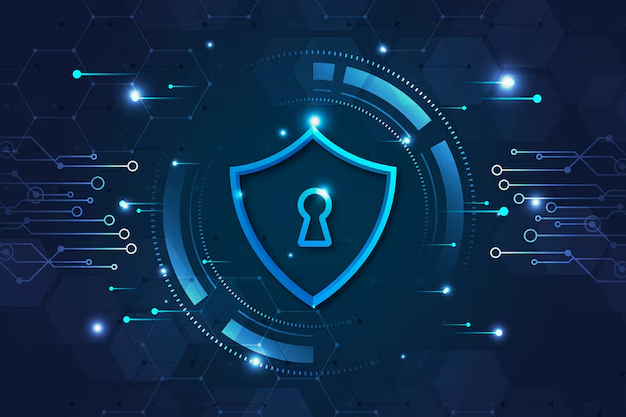
Significance of Cybersecurity Professionals
Cybersecurity professionals play a crucial role in protecting organizations, individuals, and society as a whole from cyber threats and attacks. In today’s digital age, where most of our personal and sensitive information is stored and transmitted online, the need for skilled cybersecurity professionals has become more important than ever.
These professionals are responsible for safeguarding data, networks, and systems from cyber threats such as malware, ransomware, phishing scams, and other malicious activities. They work tirelessly to identify vulnerabilities in systems and infrastructures, develop and implement security measures to protect against potential threats, and respond to security incidents in a timely and effective manner.
Cybersecurity professionals also play a key role in ensuring compliance with various regulations and standards related to data protection and privacy, such as GDPR, HIPAA, and PCI DSS. By helping organizations adhere to these regulations, cybersecurity professionals help minimize the risk of data breaches, financial losses, and reputational damage.
Moreover, cybersecurity professionals are essential in responding to the ever-evolving nature of cyber threats. They continuously monitor and analyze the latest cybersecurity trends and technologies to stay ahead of potential threats and develop effective strategies to mitigate risks.
In conclusion, cybersecurity professionals are indispensable in today’s digital world. Their expertise, skills, and dedication are vital in safeguarding our data, privacy, and security, and ultimately, in protecting the integrity of our digital society.
Understanding Different Types of Cybersecurity Measures

1. Network Security:
Network security involves implementing measures to protect the integrity and confidentiality of data that is transmitted over a network. This can include firewalls, intrusion detection systems, virtual private networks (VPNs), and secure Wi-Fi networks
2. Endpoint Security:
Endpoint security focuses on protecting individual devices, such as computers, smartphones, and tablets, from cyber threats. This may involve installing antivirus software, encryption tools, and implementing device management policies.
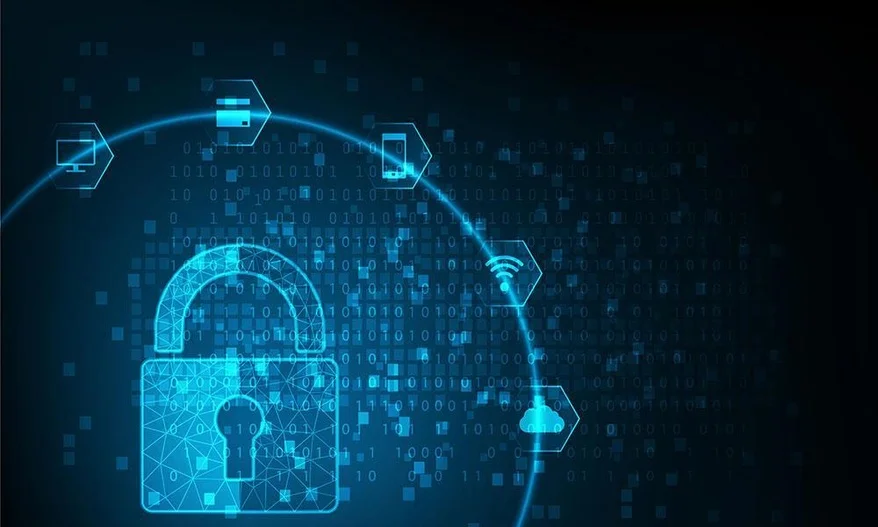

3. Data Security:
Data security measures are designed to protect sensitive information, such as customer data, intellectual property, and financial records, from unauthorized access or theft. This can involve data encryption, access controls, data loss prevention, and secure backups.
4. Application Security:
Application security involves securing software applications from vulnerabilities and threats. This can include conducting regular security testing, code reviews, and implementing security controls within the development process.
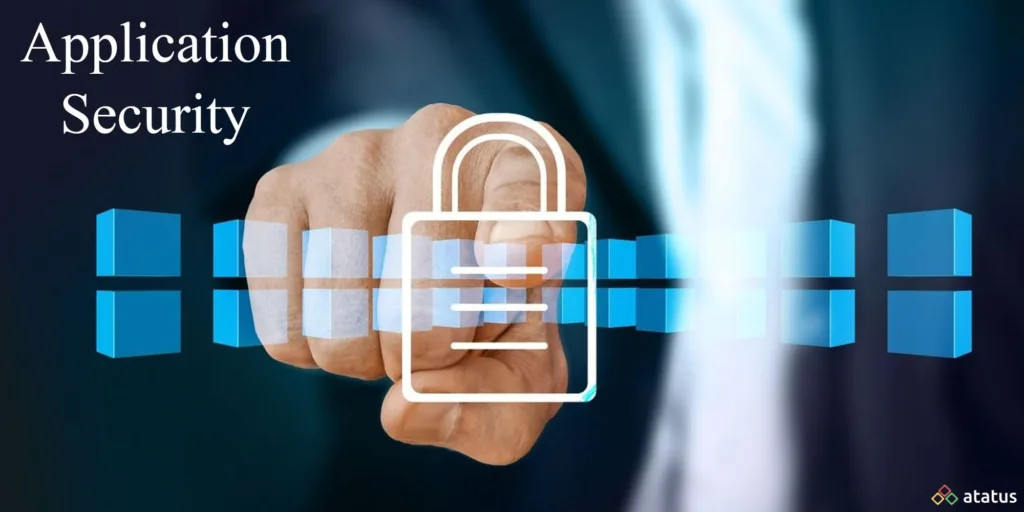
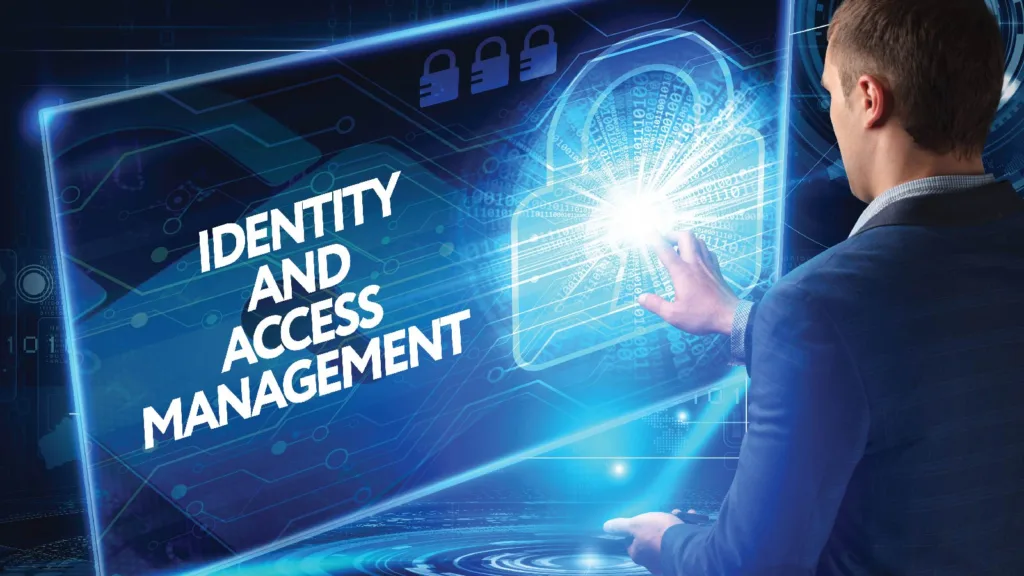
5. Identity and Access Management (IAM):
IAM involves managing user identities and controlling their access to systems and data. This includes implementing strong authentication methods, user access controls, and monitoring user activity for suspicious behavior
6. Security Awareness Training:
Educating employees about cybersecurity best practices is essential in preventing cyber attacks. Security awareness training programs can help employees recognize phishing scams, practice good password hygiene, and understand their role in protecting the organization’s security.


7. Incident Response:
Incident response involves developing a plan to quickly and effectively respond to security incidents, such as data breaches or cyber attacks. This may include conducting forensic investigations, containing the incident, and implementing measures to prevent future incidents.
Protecting Against Ransomware Attacks
Ransomware attacks are a type of cyberattack where cybercriminals encrypt a victim’s files or block access to their computer until a ransom is paid. To protect against ransomware attacks, individuals and organizations can take several steps:
1. Regularly update software and operating systems to patch vulnerabilities that cybercriminals could exploit to deliver ransomware.
2. Use strong, unique passwords for all accounts and enable two-factor authentication where possible to add an extra layer of security.
3. Be cautious of unsolicited emails, links, and attachments. Avoid clicking on suspicious links or downloading attachments from unknown sources.
4. Invest in reputable cybersecurity software that includes advanced threat detection capabilities to help prevent ransomware attacks.
5. Regularly back up important files to an external drive or cloud storage. This will ensure that data can be restored quickly in case of a ransomware attack.
6. Educate employees and individuals about the risks of ransomware and train them on cybersecurity best practices to prevent attacks.
By implementing these security measures, individuals and organizations can better protect themselves against ransomware attacks and reduce the likelihood of falling victim to cybercriminals.
Key Practices to Mitigate Cyber Threats

1. Employee Education and Training:
One of the most important steps in mitigating cyber threats is ensuring that all employees are educated and trained on cybersecurity best practices. This includes training on how to identify phishing emails, how to create strong passwords, and how to securely store and transfer data.
2. Use of Encryption:
Encryption can help protect sensitive data by converting it into code that can only be accessed with the correct key. By using encryption for data both at rest and in transit, organizations can ensure that their information is not easily accessible to cyber attackers.
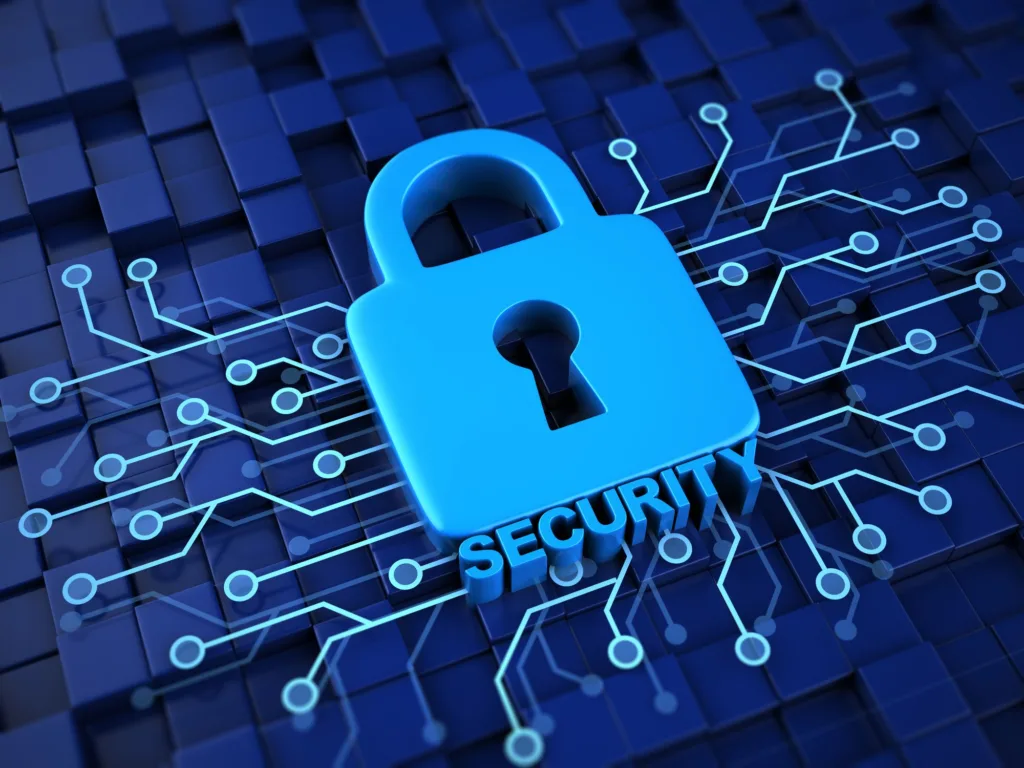

3. Regular Software Updates:
Keeping all software and systems up to date is essential for preventing cyber threats. Software updates often include security patches that address vulnerabilities that hackers could exploit. Organizations should regularly check for updates and apply them promptly.
4. Strong Authentication Methods:
Implementing strong authentication methods, such as two-factor authentication, can add an extra layer of security to protect against unauthorized access. By requiring more than just a password to access systems or data, organizations can significantly reduce the risk of cyber threats.


5. Network Segmentation:
Segmenting networks can help limit the impact of a cyber attack by isolating affected systems and preventing the spread of malware or intrusions. By dividing the network into different segments with varying levels of access, organizations can contain and mitigate cyber threats more effectively.
6. Regular Data Backups:
Regularly backing up data is essential for mitigating the impact of cyber threats such as ransomware attacks. By storing backups offline and ensuring they are up to date, organizations can quickly restore data in the event of a cyber incident.

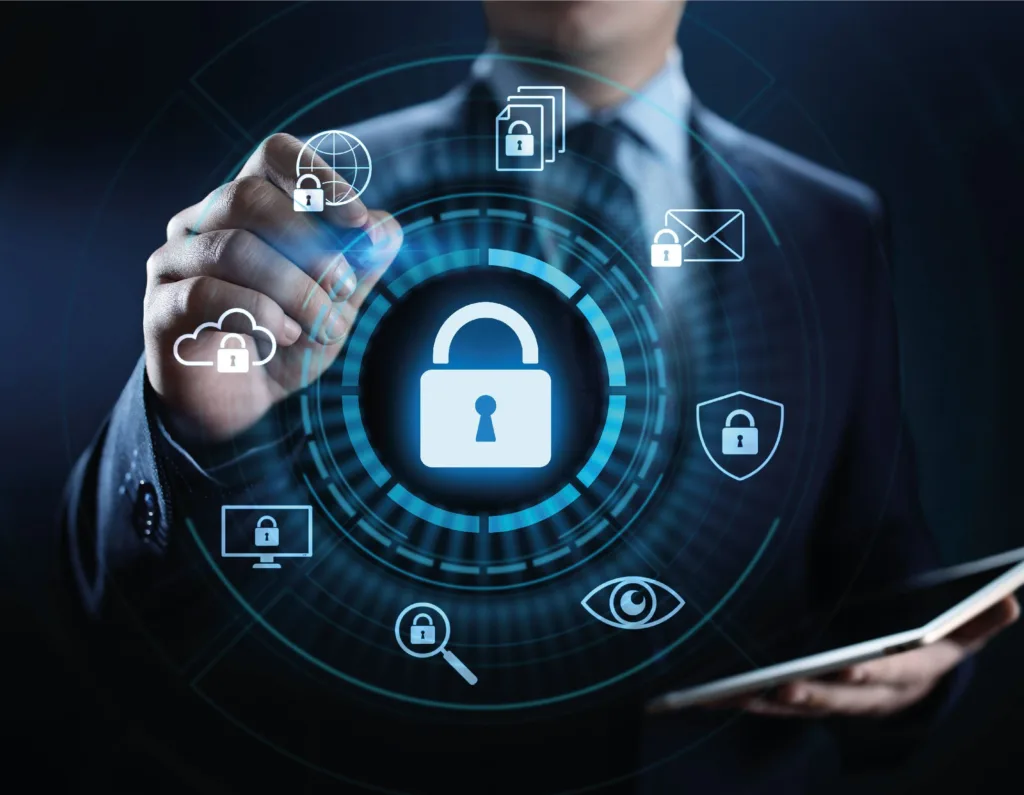
7. Incident Response Plan:
Having a well-defined incident response plan in place is crucial for effectively mitigating cyber threats. This plan should outline the steps to take in the event of a security breach, including how to contain the incident, notify affected parties, and recover from the attack.
1. What is the importance of cybersecurity in today’s digital landscape?
Cybersecurity plays a crucial role in protecting computer systems, networks, and data from cyber threats such as malware, phishing attacks, and data breaches. It is essential for safeguarding sensitive information and preventing financial loss.
2. How does cyber security help in safeguarding against cyber attacks?
Cyber security encompasses various measures such as implementing firewalls, security policies, and security controls to protect against unauthorized access, ransomware, and other cyber threats. It is vital for preventing security breaches and securing sensitive data.
3. What are the common cyber threats that organizations face?
Organizations are often targeted by cybercriminals who use malicious software like ransomware to gain unauthorized access to information systems. Other common threats include phishing attacks aimed at stealing personal information and financial loss due to security breaches.
4. How can cloud security help in enhancing overall cybersecurity?
Cloud security involves securing data stored in cloud services by implementing security solutions and endpoint security measures. It helps in protecting sensitive information and ensuring the integrity of data transmitted over cloud networks.




